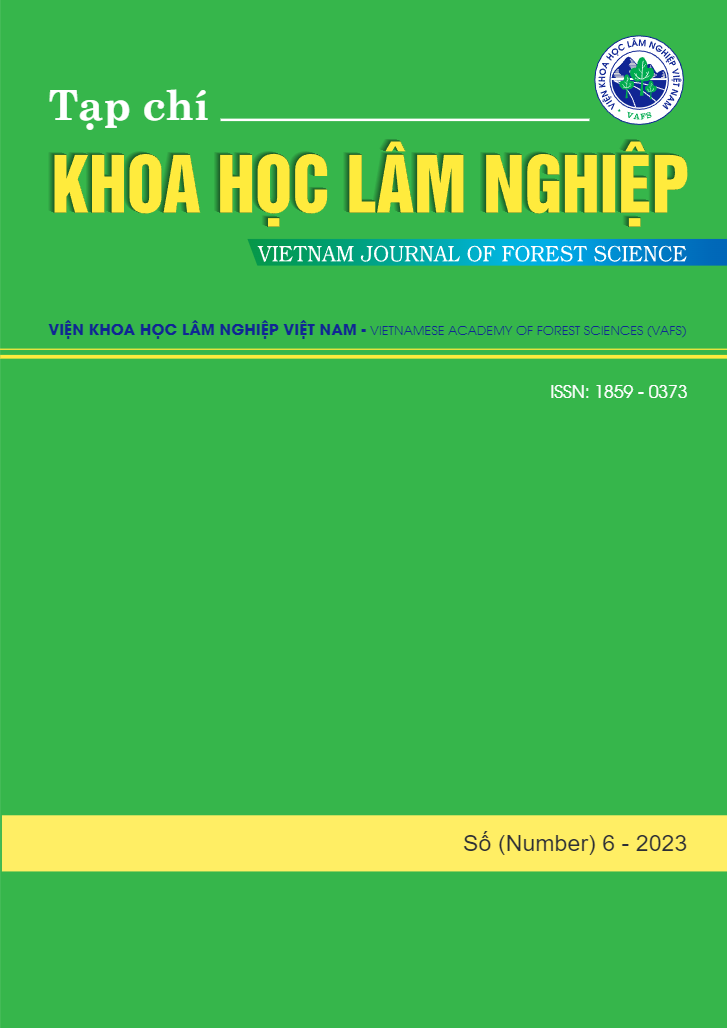USING REMOTE SENSING IMAGES FOR ESTIMATING ABOVEGROUND FOREST BIOMASS: CHALLSENGES AND PROSPECTS
Keywords:
Forest Carbon monitoring, forest above ground biomass, remote sensingAbstract
Quantifying forests aboveground biomass (AGB) is one of the most important factors in monitoring global climate change. Remote sensing techniques have developed into an indispensable tool in this process. So far, there have been many studies related to building principles, data sources and methods of using different remote sensing to estimate. AGB is estimated based on remote sensing image indices combined with ground sample plot survey data. The data sources commonly used are optical satellite images, ultra-high frequency satellite images, LiDAR images. Each type of data source has its own advantages and disadvantages in estimating AGB. However, remote sensing is still predicted to play an increasingly important role in estimating AGB because it provides a theoretical basis for studying the carbon cycle, data for carbon credit trading and forest monitoring. In addition, different modeling methods also lead to different estimation results depending on the availability of input data and the error in estimation. However, estimating AGB quickly, accurately and inexpensively is still a challenge and needs to be further studied in forestry research









